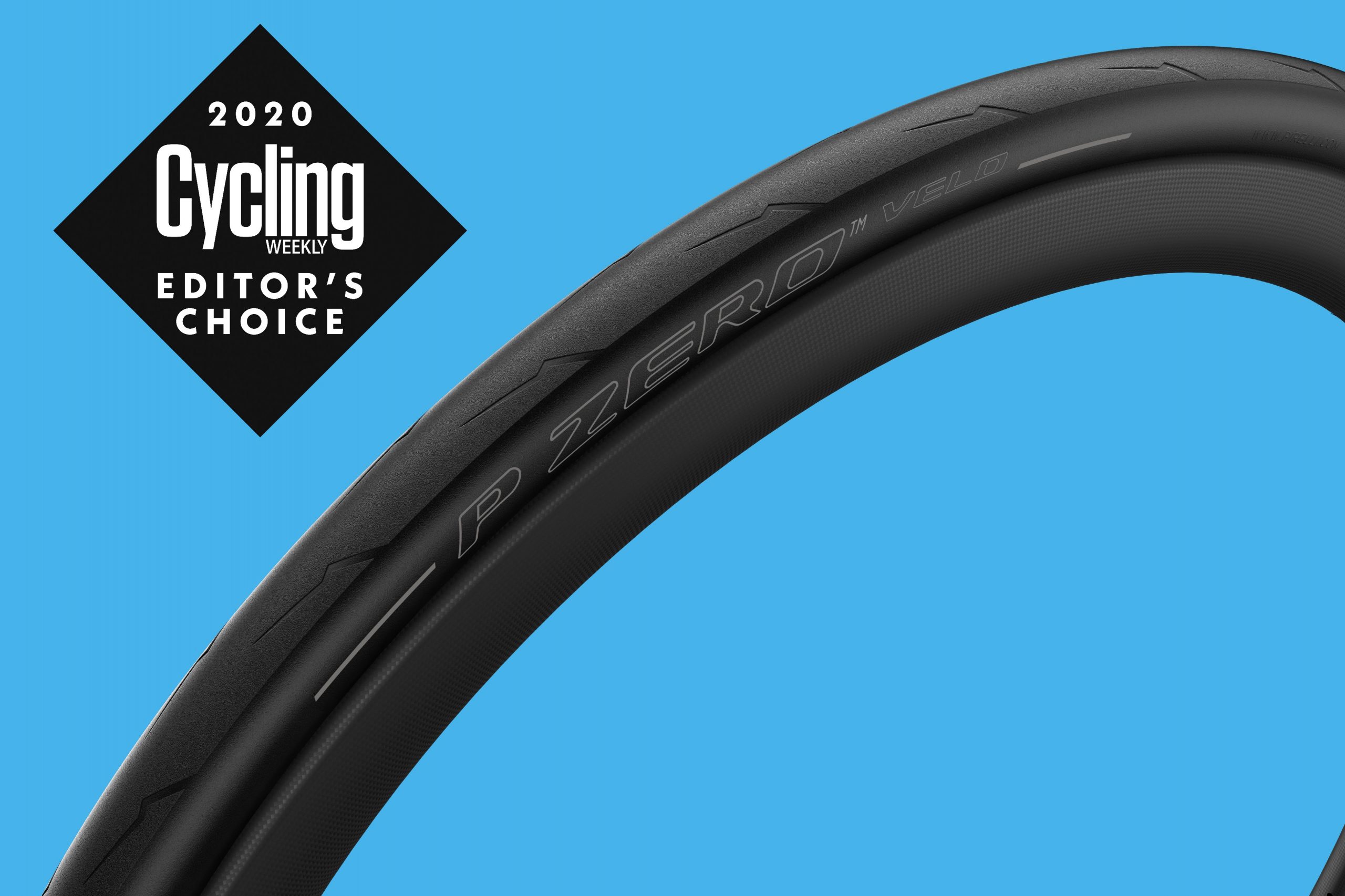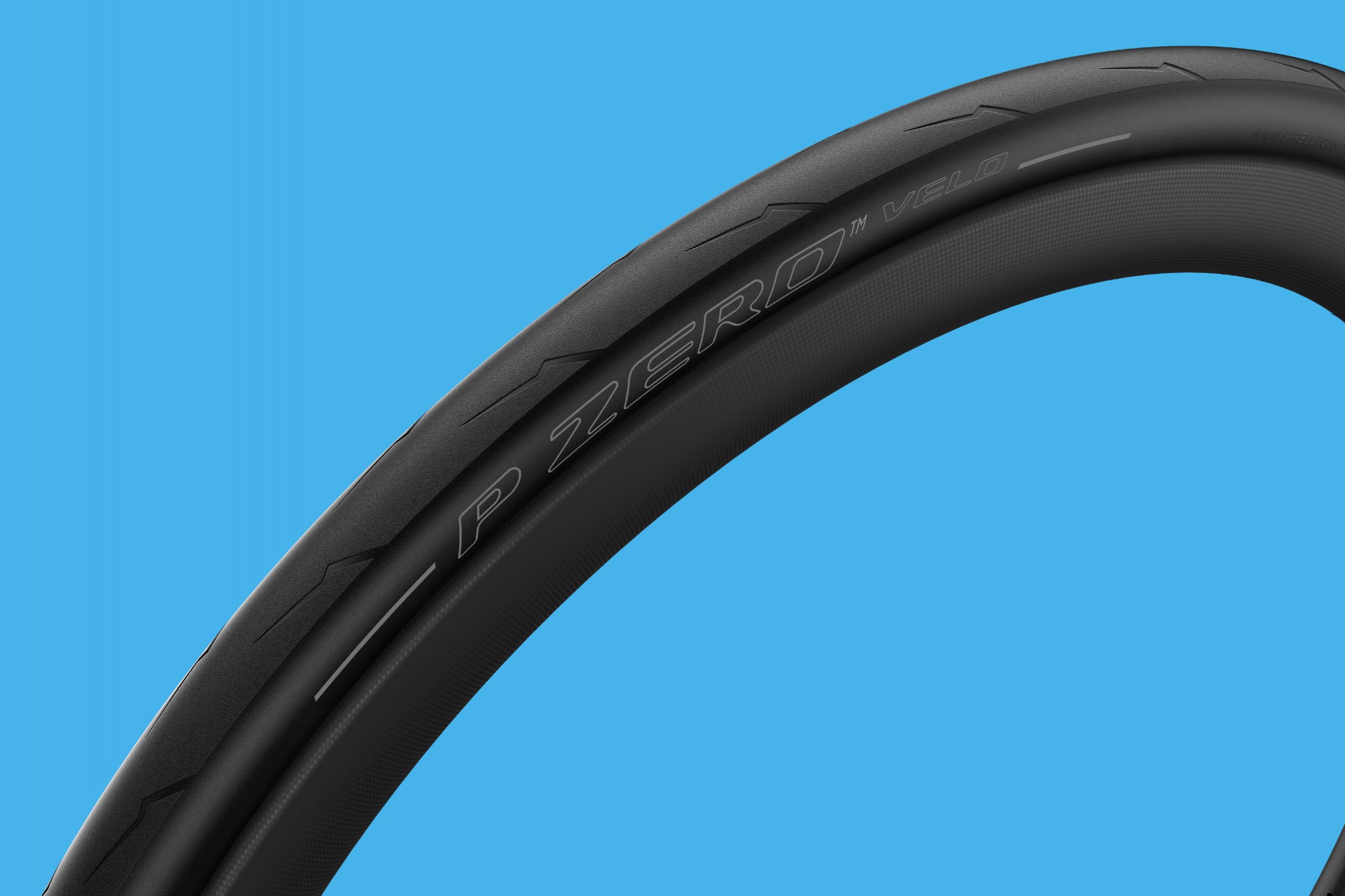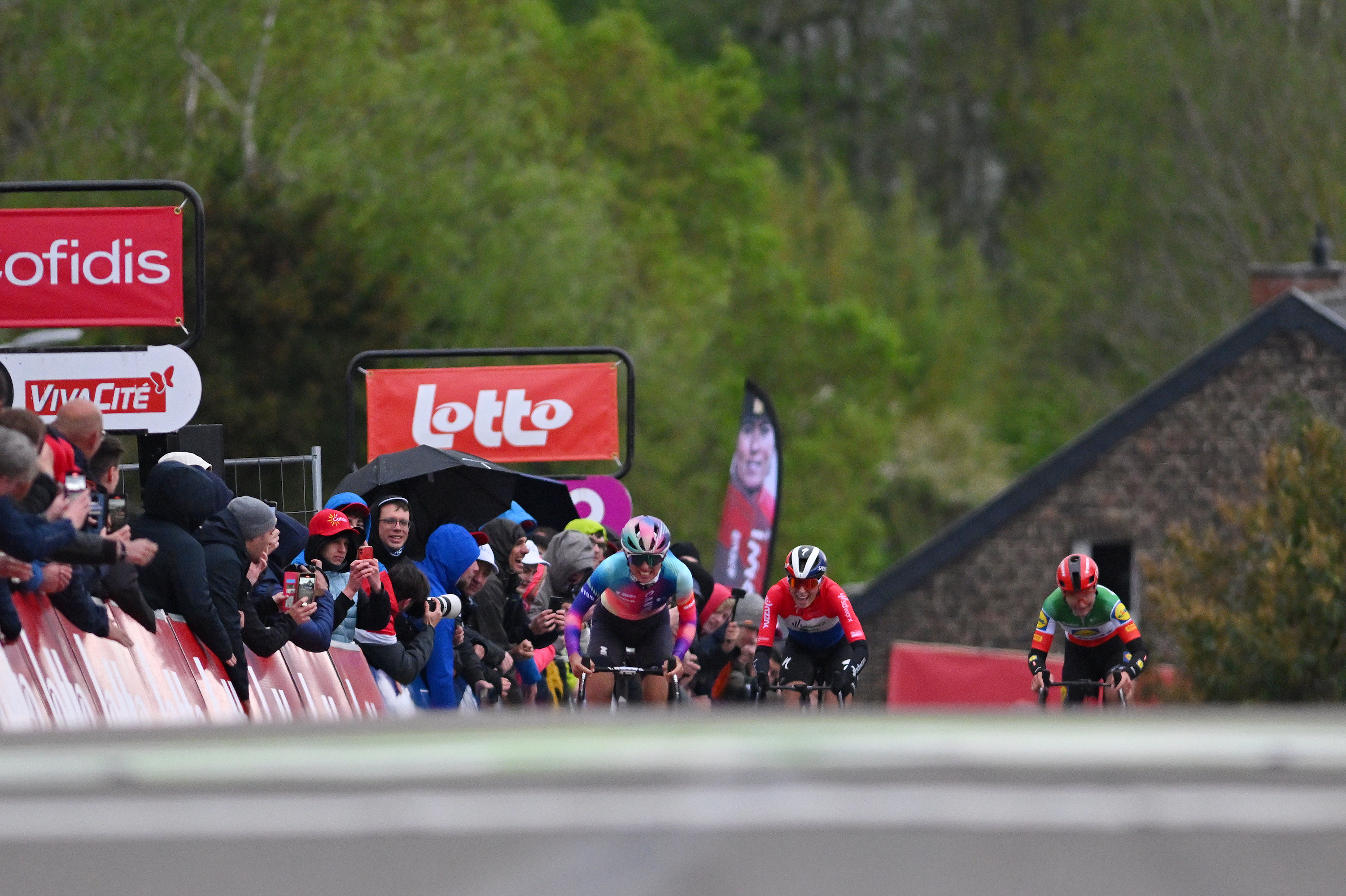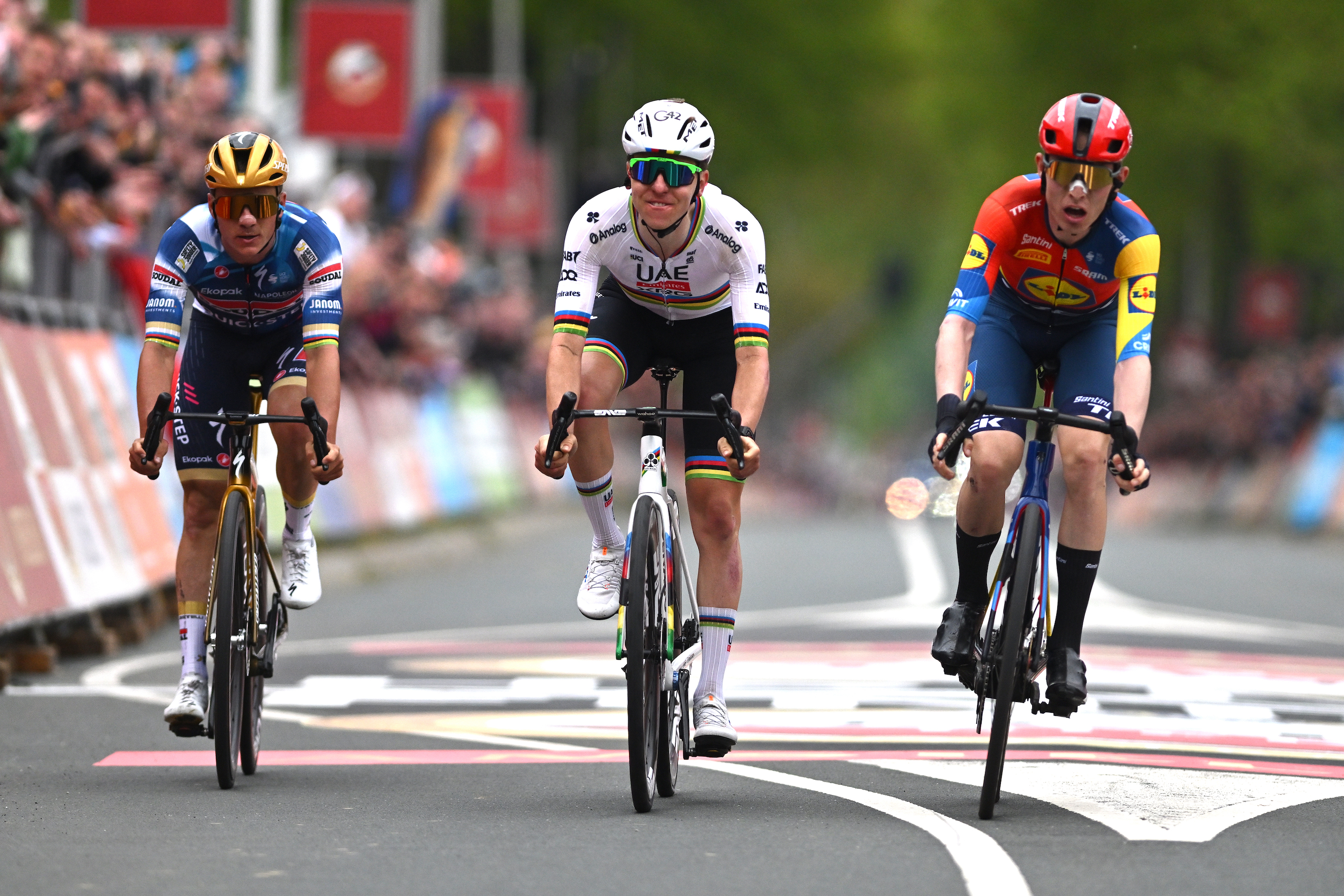Pirelli PZero Velo road tyre review
Pirelli has brought its automotive expertise to road cyclists - but does the performance stack up?

An excellent tyre that's grippy and manages to marry low rolling resistance with expert puncture protection. Performs well in the wet as advertised, but there are more compliant options out there at the top end.
-
+
Grippy
-
+
Puncture resistant
-
+
Feel fast
-
-
Not as compliant as others on the market
You can trust Cycling Weekly.

The Pirelli PZero Velo road tyres were selected for an Editor's Choice award in 2020. This year's list contains 78 items which scored a 9 or 10/10 with our tech team - this gear is the best of the best, and has received the Cycling Weekly stamp of approval.
These tyres are not brand new for 2020 - but our tech team uses them on a regular bases as a control tyre, they come highly recommended and we just couldn't miss them off the list this year.
I had great expectations from the Pirelli PZero Velo racing tyres.
Whilst tyres are unquestionably important in bicycle racing, living with a self confessed petrol-head means I've had half an eye on enough 'Speed Academy' YouTube videos to be subliminally educated on their importance in automotive sport.
Pirelli primarily supplies new boots for cars and motorbikes - returning to the person-powered market in 2017 after a long absence. With its new 'velo' collection I was expecting to be blown away by expert rubber technology.
The PZero Velo road race tyre was accompanied in its launch by the Pirelli PZero Velo TT and Pirelli PZero Velo 4S, designed for time trails and sub-optimal winter conditions respectively. It's not a tubeless ready creation, like the newly announced Cinturato tyre.
Pirelli PZero Velo compound, tread and contour shaping
In a bid to re-enter the cycling world in triumph, Pirelli created a new molecule patent - calling it 'SmartNet Silica'.
The compound, it says, does away with the trade off we usually have between grip and low rolling resistance vs puncture protection - meaning we can have a fast feeling race tyre that's long lasting and reliable.
Pirelli says the compound features microscopic rod-shaped particles, that are arranged systematically, to provide a strong creation that isn't 'tough' in a way that feels like rolling on a permanently buckled rim, as some concrete-esque puncture proof rubber does.
The compound also offers greater directional performance and increased elasticity as well as decreased heat generation - which combined makes for better rolling resistance. The Silica has a "natural chemical water affinity", too.
An aramid fiber belt has been used as the breaker - offering abrasion and cut resistance whilst being light and flexible.

Compound has long been considered the most crucial element when it comes to grip - with those 'in the know' often asserting that tread can be just as much a psychological security blanket and shop-floor marketing tool as opposed to anything actually functional.
Pirelli, however, isn't over tread yet. It's used a motorsport inspired "Functional Groove Design" (FGD) which - also aesthetically pleasing in the shape of a lightning bolt - claims to provide comfort and water drainage. Apparently it's silent too, but I'm not sure I've ever heard noisy bike tyres.
The tread is longitudinal at the centre of the tyre, yet radial when you lean, and the flashes are positioned alternately to guarantee even performance across the tyre.
It's notable that the tyres look a lot wider than their label would announce. They're available in 23, 25 and 28c and the 25c's I'm riding look more like their bigger brother despite my running around 85 PSI. That's perhaps down to the 'ideal contour shaping'.
Pirelli's used 'Finite element method' (FEM) analysis (a very mathematical method engineers use for solving problems) which resulted in a different crown and sidewall radius designed to optimise performance, offering high speed stability and control coupled with responsiveness and optimum feedback to the handlebars.
Pirelli PZero Velo tyres on the road
We've established that Pirelli has bundled up a collection of its most confidence inspiring, automotive knowledge, and filtered it all into a tyre for road cyclists. But does it all translate on the bike?
In short, yes. The tyres feel fast rolling and race worthy in the way they grip the corners and having tried them out in the pouring rain for a crit at London's affectionately named 'Hoggenburg' circuit - which comprises of a fairly notable ascent and a long swoopy bend - I'd say the stickiness holds true in the wet.
After many hours facilitated by Pirelli's tyres fitted to Black Inc Thirty carbon clincher wheels on my primary bike - in training and an array of road races and crits - I've had one puncture in three months. The culprit was a shard of glass which not even the most concrete-mimicking of impenetrable breaker belts would have held off.
The only thing that's really let the tyres down was my expectations - and maybe the fact they don't quite get full marks on compliance.
I was anticipating greatness of the most extreme degree, and what I've got is goodness which I'd say is comparable to the old favourites - the much revered Continental GP 4000 II S.
At not far off half the retail price - £39.99 each as opposed to a whopping, but often reduced, £59.99 - GP 4000 II worthy performance is not to be sniffed at, especially since it is the industry leading creation.
Whilst the PZero felt on par to GP 4000 performance, the key competitor they both lose out to in my books is the the Specialized S-Works Turbo Cotton.
Pirelli claims that its new compound does away with the trade off between rolling resistance and puncture protection, but it's undeniable that the S-Works Cotton (though £58 a piece) offers a smoother ride over the roughest of sandpaper roads and therefore has to be the leader in compliance.

Thank you for reading 20 articles this month* Join now for unlimited access
Enjoy your first month for just £1 / $1 / €1
*Read 5 free articles per month without a subscription

Join now for unlimited access
Try first month for just £1 / $1 / €1
Get The Leadout Newsletter
The latest race content, interviews, features, reviews and expert buying guides, direct to your inbox!
Michelle Arthurs-Brennan the Editor of Cycling Weekly website. An NCTJ qualified traditional journalist by trade, Michelle began her career working for local newspapers. She's worked within the cycling industry since 2012, and joined the Cycling Weekly team in 2017, having previously been Editor at Total Women's Cycling. Prior to welcoming her first daughter in 2022, Michelle raced on the road, track, and in time trials, and still rides as much as she can - albeit a fair proportion indoors, for now.
Michelle is on maternity leave from April 2025 until spring 2026.
-
 How to watch La Flèche Wallonne: Everything you need to live stream the Ardennes Classic
How to watch La Flèche Wallonne: Everything you need to live stream the Ardennes ClassicAll the broadcast information for the second of the Ardennes Classics on 23 April with Tadej Pogacar – here's how to watch La Flèche Wallonne online and on TV.
By Adam Becket Published
-
 Tadej Pogačar has shown he's fallible - and that's a good thing
Tadej Pogačar has shown he's fallible - and that's a good thingThe Slovenian won’t enjoy losing, but it’s better for brand Pog that he sometimes does
By Adam Becket Published
-
 Trek, State and Specialized raise bike prices while other brands limit US releases — Is this just the beginning?
Trek, State and Specialized raise bike prices while other brands limit US releases — Is this just the beginning?As tariffs hit, the bike industry is forced to adapt, whether through price increases, limited releases, or a restructuring of supply chains
By Anne-Marije Rook Published